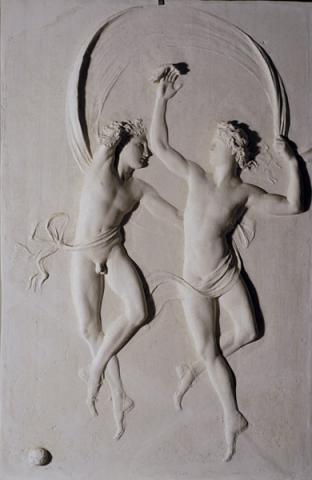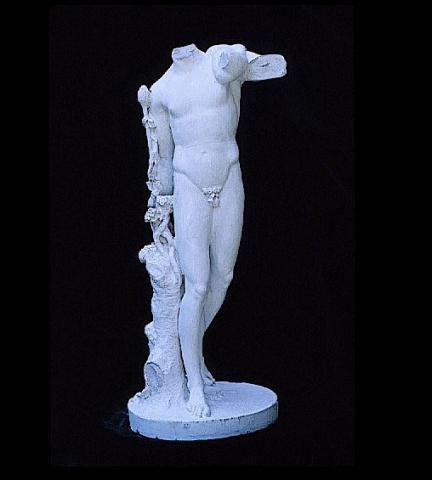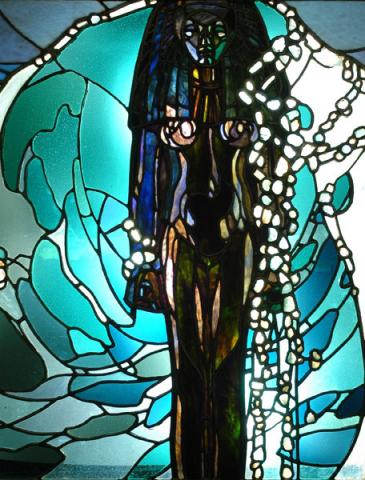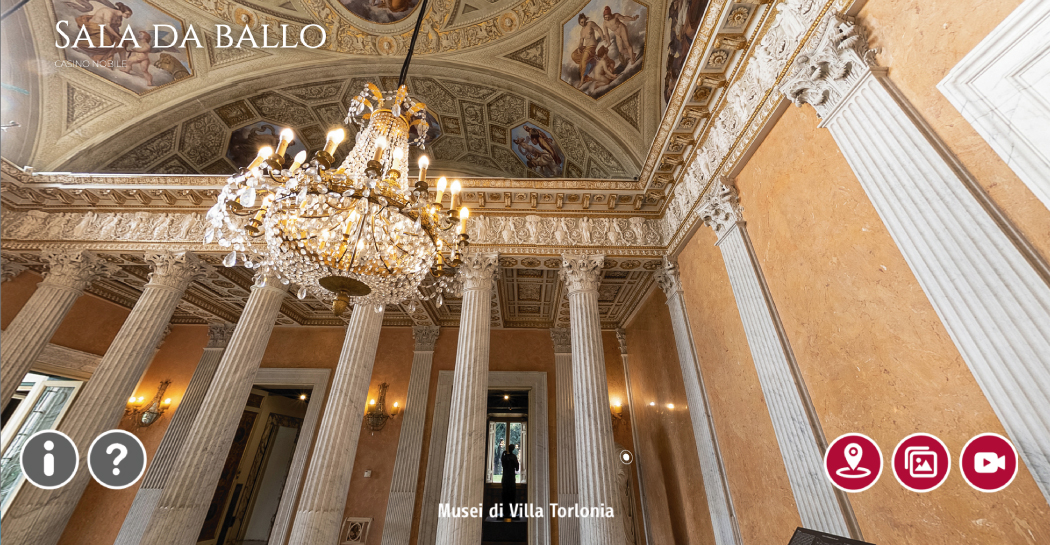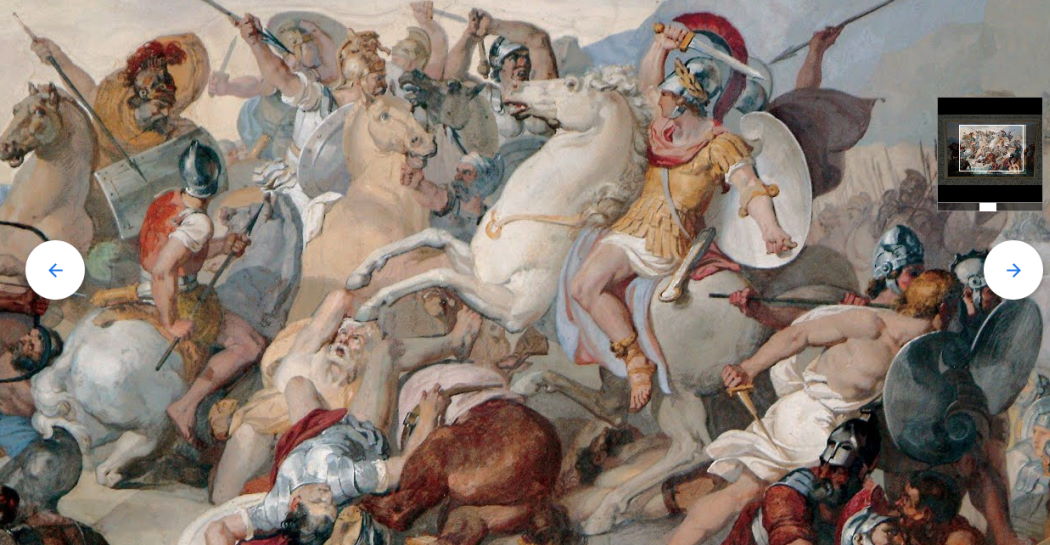Giulio Cesare Giuliani
Born in Viterbo in 1882, he moved to Rome at a young age, and inscribed hmself at the Faculty of Chemistry. With his father-in-law, the painter and decorator Eugenio Cisterna, he founded, in 1900, the workshop “Giuliano Studio of Stained Glass Art” and, in the following years, thanks to his chemical studies, deepened and perfected the difficult art of the application of colour and gilding to glass.
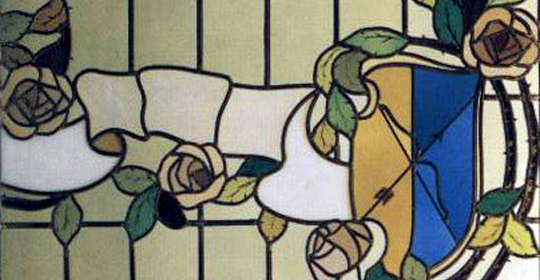
In 1904 he began a collaboration with Cesare Picchiarini, from whom he commissioned a series of work (provisions of materia, cutting of glass and mounting of pieces).
He worked at full speed until the outbreak of the First World War (1915-1918), in which he fought as a volunteer. When he returned he continued his work, with both private and religious commissions, some from outside Italy.
In 1923 he took part, with Picciarini in the First Roman Exhibition of Agriculture, Industry and the Arts applied to Industry. In 1929 “Mastro Picchio” decided, on account of his ill health, to abandon his work and hand it over to Giuliani, who thereby came into possession of the workshop and all Picchiarini’s materials (made up of glass, sketches and cartoons).
In 1934 Giuliani took part in the Second International Exhibition of Sacred Art; the next year he won the Grand Prize in the IXth International Colonial Fair in Tripoli.
In the following years he create, amongst other things, stained glass based on the cartoons of Duilio Cambellotti and his two sons.
He died in Rome in 1954.



























